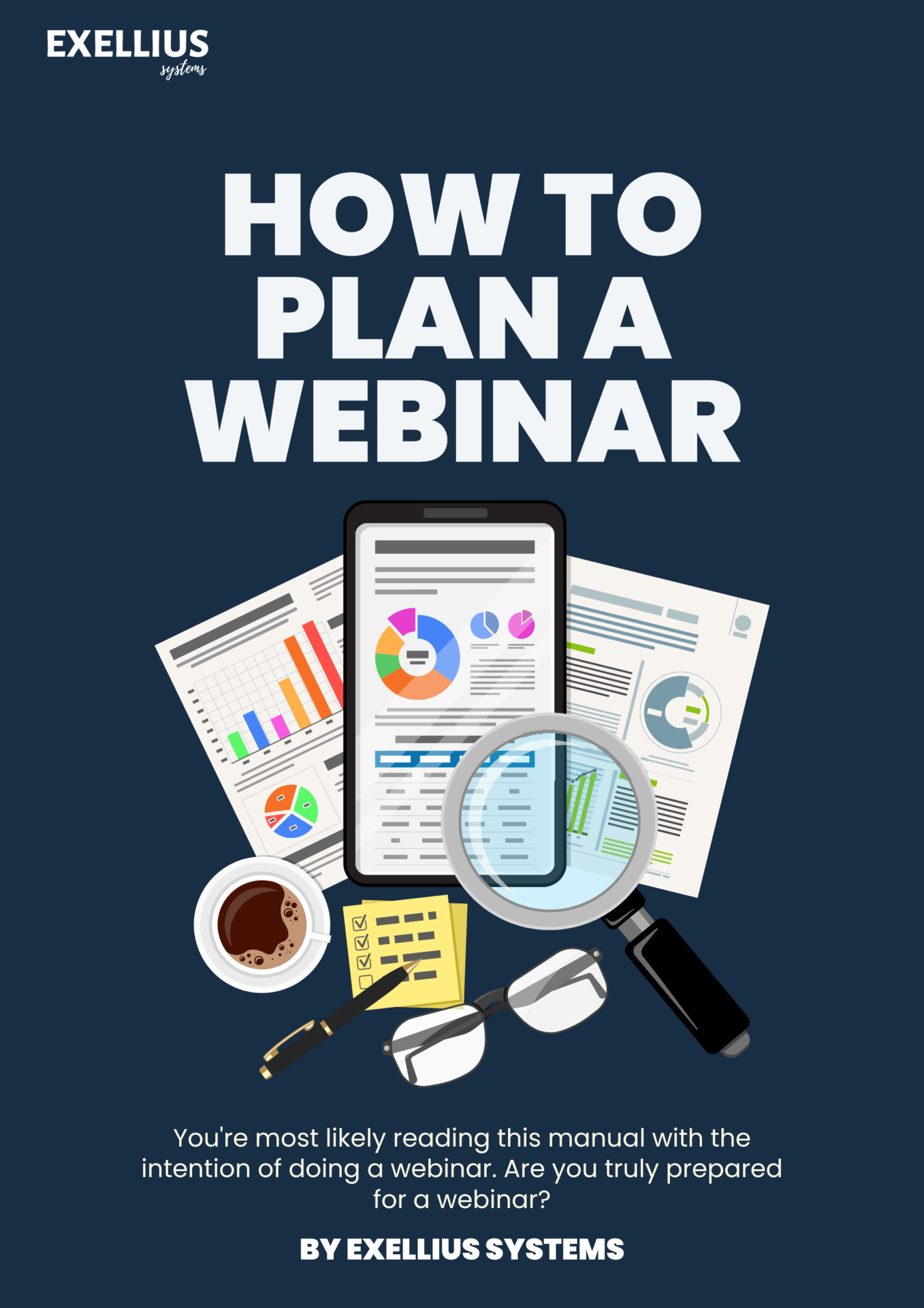
Estimated reading time: 5 minutes
(Editor’s Note: Today’s article is brought to you by our friends at ADP, a comprehensive global provider of cloud-based human capital management solutions. Industry analyst firm Nelson Hall recently identified ADP as a leader in both the small and medium business as well as mid to large market segments. Congrats to them! Enjoy the read.)
HR professionals over the past couple of years have been concentrating on workplace safety and health. We’ve also been very focused on employee recruitment, engagement, and retention. That’s not to say that we haven’t been paying attention to compliance, but when you’re juggling a lot, it’s easy to overlook something. Especially because compliance is complex.
For example, did you know that the Good Faith Penalty Relief provision of the Affordable Care Act (ACA) has expired? This was a provision in the ACA that allowed the Internal Revenue Service (IRS) to waive employer penalty assessments if the employer was able to provide legitimate reasons for missing an ACA compliance requirement. It was intended to help employers during the introduction of the ACA. They would be able to transition their data practices to include these compliance requirements.
You might be asking yourself, so what are the ACA compliance requirements? Well, let’s do a quick refresher on the ACA. The Affordable Care Act is a law passed in 2010 that was designed to encourage employers to provide health insurance that is affordable and offers minimum essential coverage. The law applies to organizations that have 50+ full-time employees. Under the ACA, full-time is defined as working 30+ hours per week or 130+ hours a month.
Because of the hours component and that it needs to be measured monthly by employee and Federal Employer Identification Number (FEIN), the ACA is one of those laws that requires monthly data monitoring to maintain compliance.
Back to the Good Faith Penalty Relief Provision. Since the ACA has been around for over ten years, we’re really out of the “introductory phase”. That means if an employer misses an ACA compliance requirement…well, they’re responsible for those penalties. And, if you’re thinking that the cost of penalties isn’t that much so the company can just pay them, don’t forget penalties can be shockingly high and they aren’t the company’s only expense. There are other costs associated with staying compliant, such as operational, labor, and non-labor costs. Our friends at ADP have a calculator that helps you estimate your potential ACA penalties.
5 Principles for Good Data Integrity
Since the key to better ACA compliance is having good data practices in place, I thought it would be helpful to talk about the principles of good data. Here are a few things to consider:
Think about the employer and the employee. Many compliance matters impact both the employer and the employee. When designing a compliance strategy, think about maintaining compliance and the positive affect on your employees. Not only does this reduce the company’s risk but it demonstrates to employees that compliance matters, which can help to build engagement.
Remember all your systems. Many organizations and HR teams work with multiple technology solutions. And that’s fine. But we must ensure that the data isn’t sending mixed messages, meaning data in one system says one thing and says something different in another. An example might be when the payroll system shows the employee has payroll hours but they have a terminated status in the HR Information System (HRIS).
Create a data entry standard. When entering data, there should be a process. This isn’t just for organizations. It applies to systems like employee self-service too. People should know what flags to look for. And if something doesn’t look right, there should be a process to investigate and possibly correct the data. Don’t just enter something and hope for the best. Developing a good process will yield good results!
Timing matters. Laws like the ACA have deadlines. There should be a schedule in place to review data in time for it to be submitted to the appropriate agency. For example, with the ACA, organizations should review data monthly to avoid potential penalty risk. The review schedule needs to also take into account business holidays as well as who will be responsible for submitting the data. What happens if the primary person can’t do the review? A secondary person should be identified.
Regularly audit your data. All the above steps are designed to make data more accurate and reliable. But that doesn’t mean the organization shouldn’t do an occasional check to confirm it. Another thing to consider is it could be helpful to have someone who doesn’t work with the data firsthand do the audit. That will ensure an extra layer of questioning.
Good Data is Part of a Compliance Strategy
HR departments are expected to maintain good data. It’s a part of the job. That doesn’t mean that we have to do it manually. Or that it needs to be time-consuming. We can maintain the data we need for compliance using modern technologies. It also helps to have a vendor relationship that will keep us informed of upcoming deadlines and requirements.
If you want to understand more about ACA penalties including what triggers them and your company’s potential exposure, visit ADP’s ACA penalty estimator. Organizations are very focused on the bottom line right now and that means being aware of potential penalties. The good news is that we don’t have to maintain compliance alone. In fact, having a partner just makes good business sense.
The post Affordable Care Act: Good Data Practices Can Lead to Better Compliance appeared first on hr bartender.








